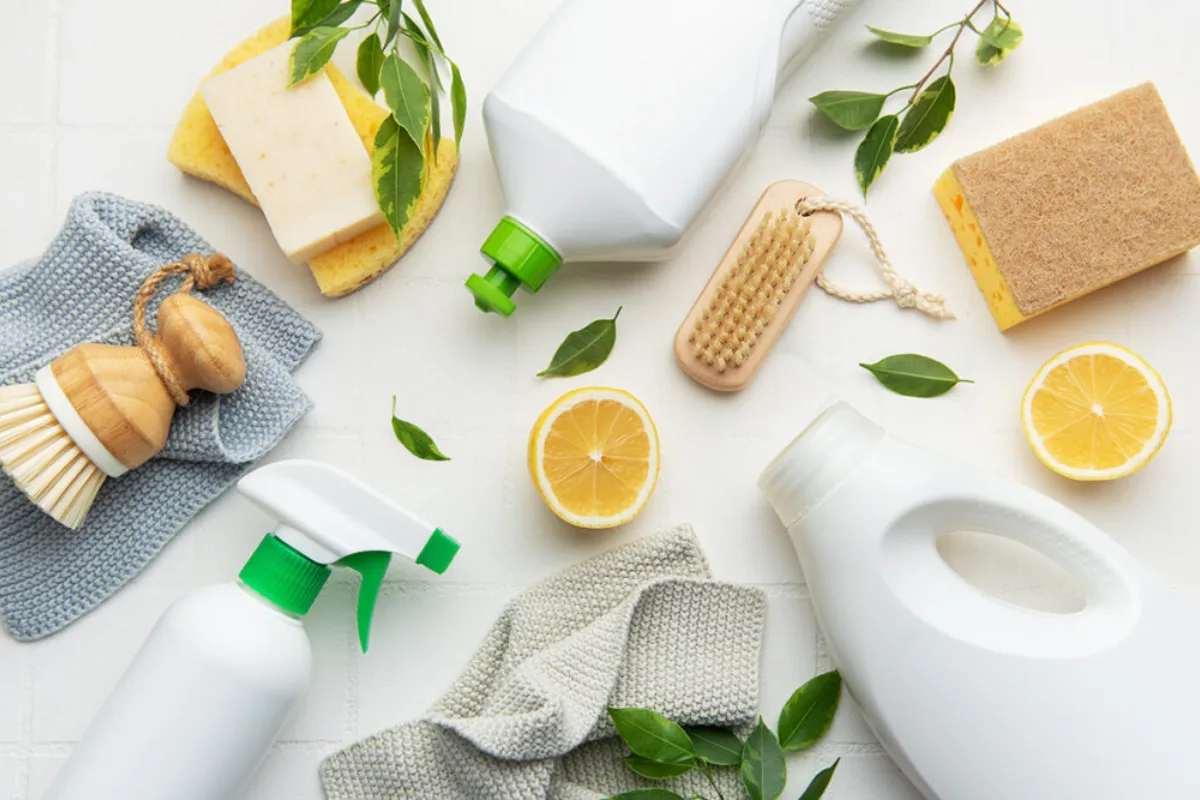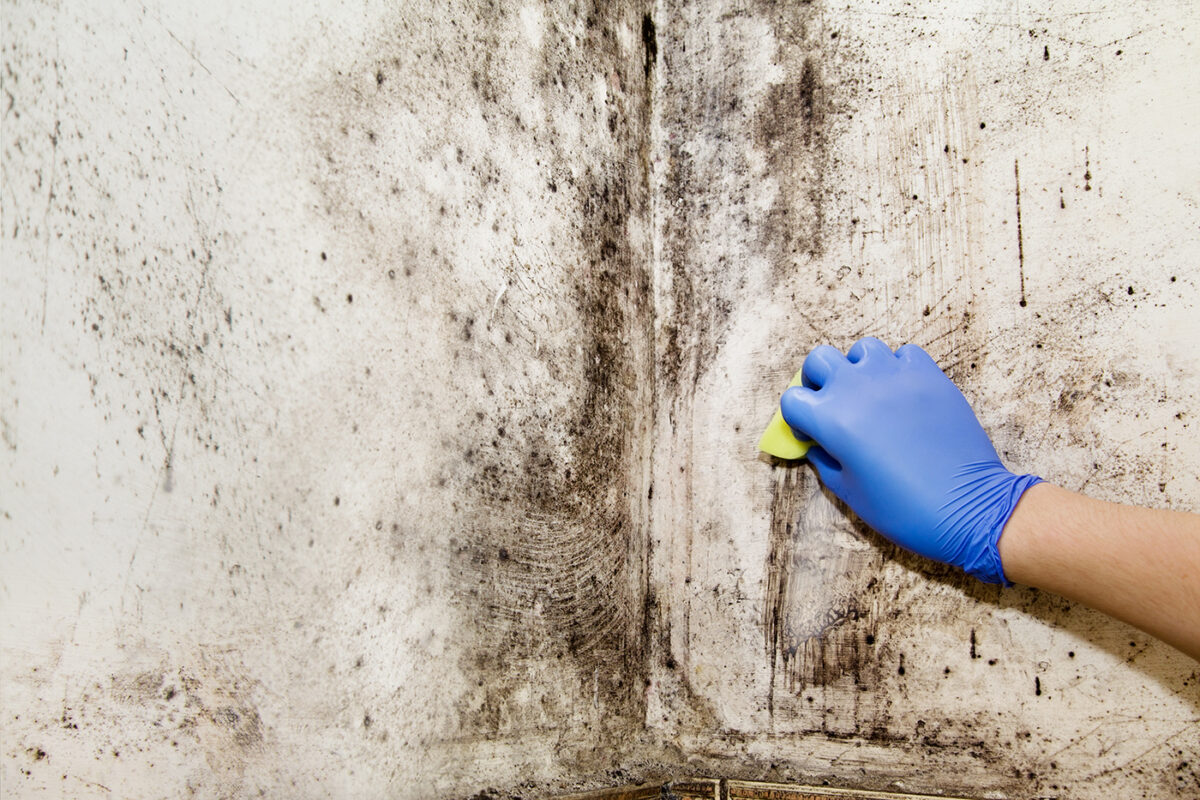Cleaning is essential for maintaining a healthy and comfortable living environment. However, it’s crucial to prioritize safety to prevent accidents and health issues. Here’s a comprehensive guide on how to protect yourself during cleaning tasks.
1. Wear Appropriate Personal Protective Equipment (PPE)
Always use the right PPE to protect yourself from potential hazards.
- Gloves: Wear chemical-resistant gloves to shield your hands from harsh cleaning agents.
- Masks or Respirators: Use masks or respirators to avoid inhaling dust, fumes, or harmful chemicals, especially in poorly ventilated areas.
- Safety Goggles: Protect your eyes from splashes or airborne particles by wearing safety goggles.
- Non-Slip Footwear: Prevent slips and falls by wearing shoes with non-slip soles.
Proper PPE is essential for minimizing exposure to cleaning hazards.
2. Read and Follow Product Labels
Always read the labels of cleaning products before use.
- Instructions: Follow the manufacturer’s instructions for proper use and dilution.
- Warnings: Be aware of any hazard symbols or warnings on the label.
- Storage: Store cleaning products as directed to prevent accidents.
Understanding product labels helps ensure safe and effective cleaning.
3. Ensure Proper Ventilation
Good airflow is vital when using cleaning chemicals.
- Open Windows: Allow fresh air to circulate by opening windows.
- Use Fans: Place fans near windows to help expel fumes.
- Avoid Overcrowding: Do not use multiple strong chemicals simultaneously in the same area.
Proper ventilation reduces the risk of inhaling harmful fumes.
4. Use the Right Tools and Techniques
Utilize appropriate cleaning tools and methods to enhance safety.
- Equipment: Use tools like microfiber cloths and mops to reduce exposure to chemicals.
- Techniques: Clean from top to bottom to prevent re-soiling of surfaces.
- Maintenance: Regularly inspect and maintain cleaning equipment to ensure its effectiveness.
Using the right tools and techniques minimizes risks and improves cleaning efficiency.
5. Be Prepared for Emergencies
Having a plan in place can mitigate potential accidents.
- First Aid Kit: Keep a well-stocked first aid kit accessible.
- Emergency Contacts: Know the contact information for poison control and emergency services.
- Spill Kits: Have spill kits ready for chemical spills to contain and clean them promptly.
Preparation is key to handling emergencies effectively.
6. Opt for Safer Cleaning Products
Choosing eco-friendly and non-toxic cleaners can reduce health risks.
- Green Cleaners: Look for products labeled as “green” or “eco-friendly.”
- Natural Alternatives: Consider using natural cleaning agents like vinegar and baking soda.
- Avoid Harsh Chemicals: Limit the use of products containing bleach or ammonia.
Safer cleaning products are less harmful to health and the environment.
7. Maintain a Clean and Organized Workspace
A tidy environment promotes safety and efficiency.
- Clutter-Free: Keep cleaning areas free from obstacles to prevent trips and falls.
- Proper Storage: Store cleaning supplies in designated areas, out of reach of children and pets.
- Regular Cleaning: Regularly clean and sanitize cleaning equipment to prevent contamination.
An organized workspace enhances safety and productivity.
Conclusion
Protecting yourself during cleaning tasks is essential for maintaining a safe and healthy environment. By following these guidelines, wearing appropriate PPE, reading product labels, ensuring proper ventilation, using the right tools, being prepared for emergencies, opting for safer cleaning products, and maintaining an organized workspace, you can minimize risks and clean effectively.
For more information on safe cleaning services, visit https://reaganscleaning.com/
Prioritize your safety while cleaning. Implement these practices today to ensure a healthier cleaning routine.



